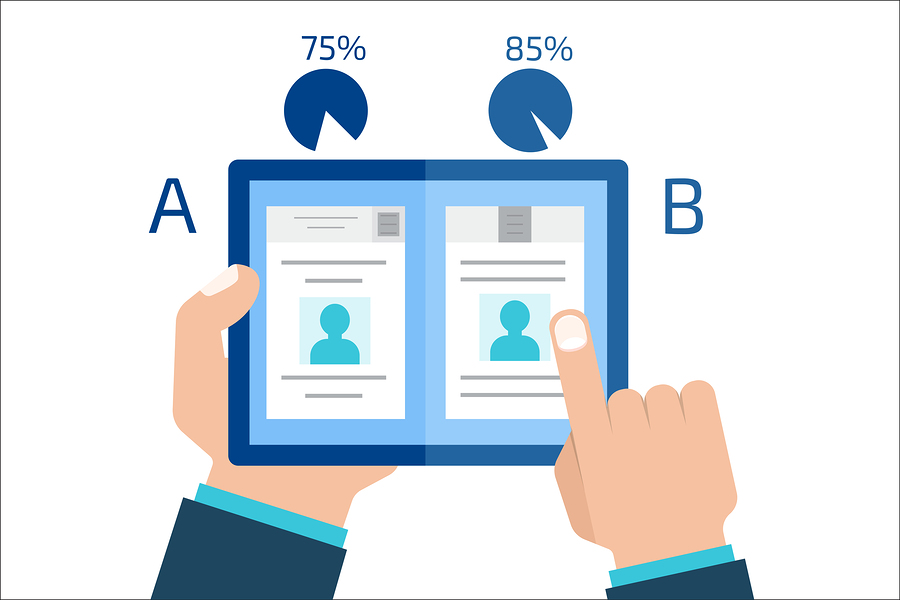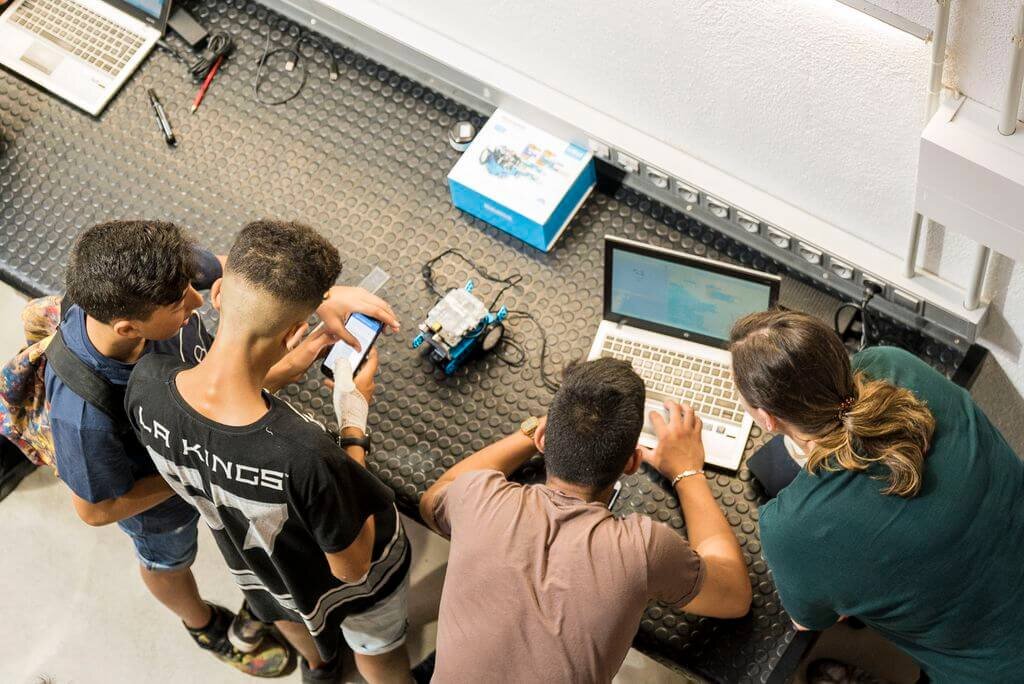Coursera added A/B Testing on its platform for instructors to compare elements and improve their courses.
Photo: Bigstock
One of the most used marketing strategies to improve advertising outcomes is A/B Testing. In short, this tool does two experiments with two variants to compete to see which one offers the best results.
Coursera recently added this instrument in its platform so that instructors can better shape the content of their courses. How does it work?
Randomly, students are shown two different versions of the same course. For example, one session would have a slide presentation with a blue background, and another version of the same presentation would have a red background. Subsequently, the effect on learning outcomes would be analyzed, such as the comparison of the completion rate between both presentations.
The Coursera blog describes the example of Professor Chris Brooks of the University of Michigan, who applied the A/B Testing in a video in his course. His objective was to know if subtle gender signals impact women in a STEM course. To do this, he placed male characters in the background of one of the scenes in a video and a second footage was shown to different students but with female characters. The results allowed the professor to know which one performed better for his target audience.
All elements of educational content within MOOCs are of paramount importance, such as the music of a video, the color of the subtitle’s, the way in which the instructor speaks or the visual support materials, to mention a few. These must adapt and transform until the content attracts students and communicates the desired message efficiently.
This article from Observatory of the Institute for the Future of Education may be shared under the terms of the license CC BY-NC-SA 4.0 
)
)











)
Observatory IFE
Observatory IFE
Observatory IFE